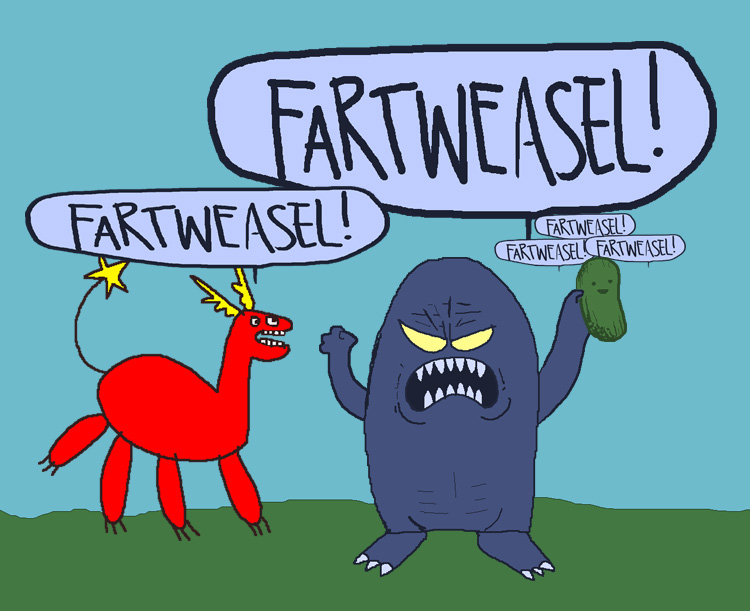- cross-posted to:
- [email protected]
- cross-posted to:
- [email protected]
I’m actually super in favor of these weird parts made with salvaged components in China.
You can also find laptop CPUs transformed into desktop platforms with a motherboard included.
The sellers are also surprisingly open about it - they explain the limitations and hacky patches to make them work.
…but if they’re scavenged from old Apple products, who knows how much wear the flash has? It might have a drastically shortened lifetime; that would be very bad for an SSD.
interface ICs, etc. don’t wear in this way, but Flash memory… I’d never want used flash for my SSD.
Meh, good enough for a games drive, Google Drive cache and seedbox.
Beats having Apple products in a landfill because they’re firmware locked and nobody bothered with the password.
Fair enough, so long as one knows what one is getting. If it’s for mostly read-only storage I guess it could be fine, as your use cases suggest.
It’s far more likely that these chips are new production that didn’t meet the original buyer’s (probably Apple) quality requirements so they were binned and resold to other buyers.
Obviously that has to be reflected in the price of the product. Presumably even more so with storage.
Also there might be a use case, where cost is paramount and the drive would experience very limited writes.
I’ve got a personal anecdote that’s not entirely the same, but I’ve bought a bunch of flash chips from china to use with retro games. Those are often salvaged, but they are also cheap and available to buy. It doesn’t matter if the chips can’t take too many write cycles, if you only flash them a couple of times.
Good use case for old flash, and I’m all for saving bits from the landfill if they can be used. Hmm. That reminds me I should get my retro game setup going again…
I don’t see anything wrong with this tbh. If they’re harvesting these from recycled devices, what else are you going to do with the chips? Throw them out?
It could have come from a factory making NAND for Apple or some third-party vendor ripping them from defective iPhones. However, the YouTuber suspects the former since the quality appears to have a level of professionalism.
It sounds like this is just binning with the added step of reselling the lower quality parts to other manufacturers rather than building your own products around them.
Binning is nothing bad, it is actually great practice and the only way that the consumer PC parts market can work. It allows the cost of components to be kept down through economies of scale, and ensures that parts that aren’t quite perfect are still useful and don’t just end up in landfill. Binning is pro-consumer and pro-environment.
It’s interesting to see the output of the interconnected supply chains, but otherwise this is kind of a nothing-burger.
Instead of throwing the NAND away, which increases electronic waste, the factories recycle them into cheaper products or sell them to local companies, giving rise to obscure SSD brands on the Chinese market.
Ah yes, I’m sure electronic waste is their top concern /s
Reprocessing components for lower-tier products or new products is a regular practice in the hardware world. Companies are always looking to maximize profits.
Ok, at least we touch on the real real eventually (at the very end of the article but fine).
This is the best summary I could come up with:
However, you’ll likely find them inside knock-off SSD brands that sell for ridiculously low prices on platforms like AliExpress.
Instead of throwing the NAND away, which increases electronic waste, the factories recycle them into cheaper products or sell them to local companies, giving rise to obscure SSD brands on the Chinese market.
A Chinese data recovery YouTuber recently took apart a ShineDisk M667 (M667-120G), a 120GB SATA SSD that retails for around $13 in China, and found some alleged SK hynix-manufactured NAND for Apple devices inside.
According to the YouTuber, it’s reportedly SK hynix’s E2NAND, which appears to be a multi-chip package with an MSP controller with embedded ECC support.
It could have come from a factory making NAND for Apple or some third-party vendor ripping them from defective iPhones.
For example, a recent report revealed that some vendors recycle server ICs into consumer memory.
The original article contains 422 words, the summary contains 145 words. Saved 66%. I’m a bot and I’m open source!
What’s the significance of this? Is SK Hynix not allowed to sell their rejected chips to recycler?
The big question is, how un/reliable are these drives.






